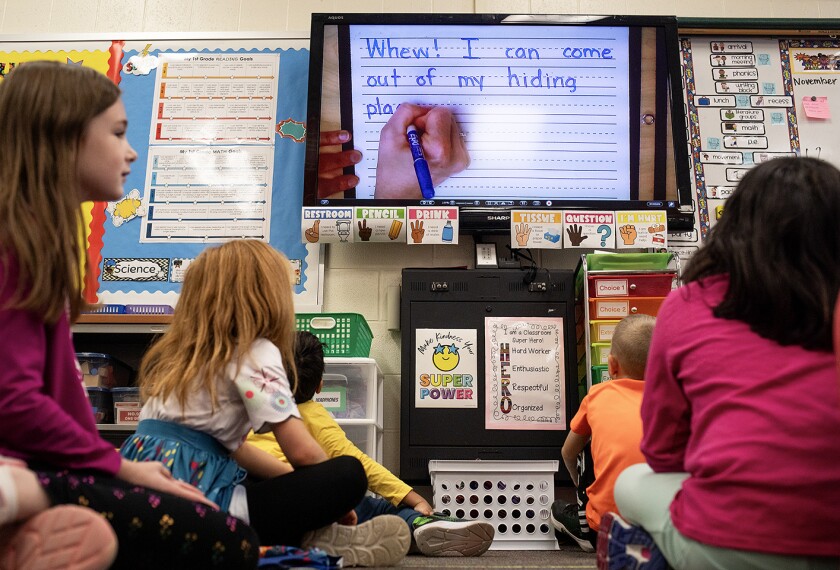One of the key components of global competence is the ability to weigh perspectives. Today, MaryBeth Jackson, founder and director of The Viewfinder Project, shares the power of photography in helping students see different points of view. Don’t miss the list of resources at the end.
Children today have a lot of information to sift through and discern. The media bombards them with images and information, some positive and encouraging, some not. The more time children spend with media, the more their identities and social realities can be shaped by what they comprehend, be it positive or negative. Sharing the photos they take with students from around the corner or around the world using social media enhances their experience with perspectives. They see how other students view similar, even mundane, objects. They can encourage each other to keep creating and to look closer.
Information and outside influences are coming at such great speed towards our children, that they are becoming more reactive and less proactive. At The Viewfinder Project, we give children the opportunity to be producers of content, not just recipients, to help them “see life differently” using photography. We are trying to help them find their voice. Photography can foster hope, which fosters creativity, which fosters action, which fosters change.
WHY PHOTOGRAPHY?

1) Anyone can do it. Point and shoot.
2) Most children can access the medium. Especially with the broad use of phone cameras, most children have access to a camera. Even if cameras aren’t accessible, we can use cardboard to help youth “frame” what they see in front of them.
3) Photography doesn’t require artistic skills or formal training. With a few tips of composition, anyone can create an interesting photo.
4) Almost everyone likes to take or look at photos. For children, there is an inexplicable draw towards a camera.
5) Photography allows for growth into the technology sector. Both film and digital photography require elements of design, which easily cross over into the digital world; digital editing teaches students how to use computers and various software programs.
PRACTICAL APPLICATIONS
Getting Started
When incorporating photography, it’s helpful to think about what you want to accomplish. Photography is such a great tool to teach both artistic skills and life skills. A great place to start is to provide students with some basic composition tips. As a first lesson, have students take cameras on school grounds and photograph something that they think is ugly. In doing so, students inevitably create interesting images. In fact, they have taken something ugly and created something beautiful. You can draw out of students why they took the photo. Then, have them explain what is beautiful about it and help them understand there is beauty everywhere if we look hard enough.

Do the same lesson but photograph something beautiful. Then, encourage students to focus on the beauty around them. We all have to make the choice of what we focus on, the beauty or the ugly around us. Focusing on what is ugly around us can be discouraging. Encourage students to look for and focus on the beauty. Find ways to use beauty to foster hope.
Use the same process for lessons on patterns or shapes or lines (all elements of design). Apply life skills to each lesson. For example, ask, what patterns in your own life can you change for the better? What shapes the decisions you make?
Changing Perspective
Students don’t need to be in a beautiful space in order to experience beauty. The ability to change their perspective can happen in the same space they learn math or grammar every day. In fact, that can make the shift all the more dramatic. If a student can find beauty in a place they spend most of their daytime hours, then they should be able to find beauty anywhere they go. The point is to change how they look at their surroundings.
In the absence of cameras, create cardboard cameras. All the lessons can be implemented with a cardboard camera, using tools such as journaling and drawing to create imagery.
Possibilities
I know of one sixth-grader who describes himself as having a heart for photography, entrepreneurship, and philanthropy. He used his afterschool experience with The Viewfinder Project to start a business and launch a website. He sells his photos to help raise money for an orphanage in Guatemala and for his own college tuition.
There is a great possibility in providing children the opportunity of artistic expression. Photography can help students understand that they are not defined by their surroundings. They in fact possess an element of power to alter their surroundings by choosing to see them differently. This extends beyond the students’ immediate community by creating an awareness of the world around them. In learning to see life differently, they are learning to see the opportunities that exist within themselves to create what is good and beautiful.
RESOURCES
To see lessons, resources and some examples of what organizations are doing with photography and film, check out the following:
- Film School Africa
- International Center for Photography
- The Light Factory
- Mwelu Foundation
- Peace Corps List of Photo Projects
- Pulitzer Center on Crisis Reporting
- Seeing Beyond Sight
- The Viewfinder Project lessons
- What Kids Can Do
Follow the Viewfinder Project, Asia Society, and Heather on Twitter.
Photo credits:
Cardboard Camera, Western Cape, South Africa
Photo taken by Kiki Outreach
“What is Ugly,” Western Cape, South Africa
Sixth grader




